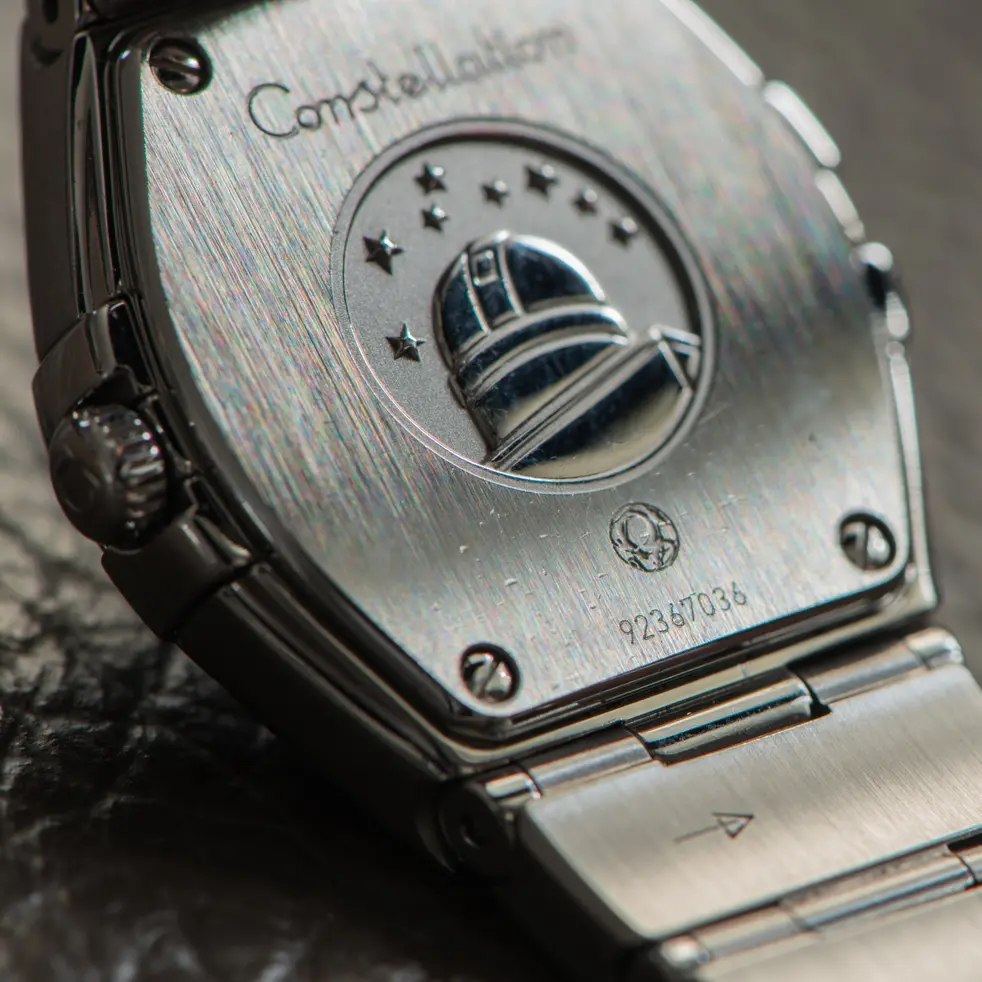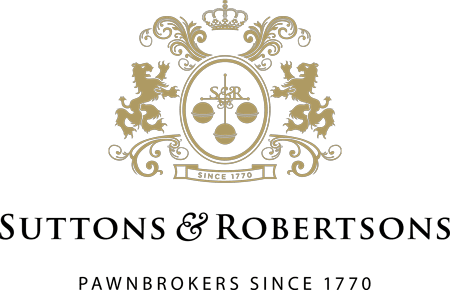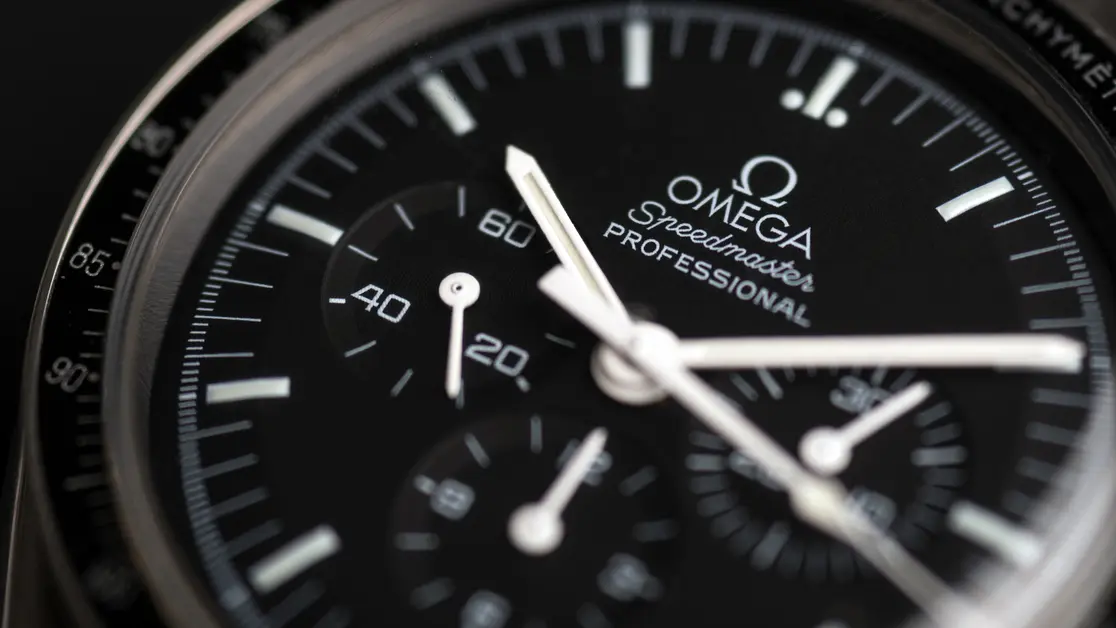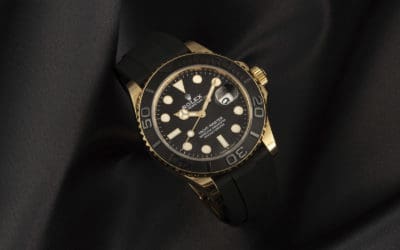Introduction to Omega Watches
The Omega brand came to life in 1848, when young watchmaker, Louis Brandt, opened a watchmaking workshop in the small Swiss village of Le Chaux-de-Fonds. It was from this workshop that the foundations for one of the world’s greatest watch brands would emerge. Brandt was dedicated to developing watches that operated with precision and accuracy. It was this approach to watchmaking that resulted in the Omega chronometer.
It may be hard to imagine how fake Omegas pay testament to the brand, but the sheer number of replicas on offer around the world demonstrates people’s love of the Omega brand. It confirms this Swiss watch manufacturer as a superb investment when it comes to buying a watch. This guide will take you through why Omega is such an outstanding watchmaker, we’ll look at how models differ – like the Speedmaster versus Seamaster – and we’ll even take a look at how to check for Omega watch authenticity.
The History of Omega Watches
Arguably, there’s only one thing in the way of Omega being crowned the ‘King of Watches’ – and that’s the other Swiss watch brand that’s assumed the crown, Rolex. It does mean, however, that Omega sits alongside watchmakers that include Patek Philippe and Breitling, both with outstanding credentials and jam-packed waiting lists.
Omega has thrived over the last 175 years because of their dedication to pushing the boundaries of what a watch – or chronometer – can do. From the first mass-produced calibre in 1885, to officially timekeeping at every Olympic Games since 1932 to gracing the arms of some of the greatest icons of the 20th Century, both on the moon and the silver screen, Omega has relentlessly pursued excellence in timekeeping. It’s reflected in demand for brand new Omega models, but also in the prices fetched by pre-owned Omegas at resale and auction.
The Iconic Models of Omega Watches
While the Omega brand is iconic itself and the watchmaker continues to produce new Omega watches, there are Omega collections which the brand is revered for. Omega has kept time for astronauts, plunged the depths of the ocean and also delivered some of the finest dress watches ever produced, but Omega Watches of Switzerland are best known for three collections in particular – The Omega Seamaster, the Omega Speedmaster and the Omega Constellation.
Exploring Omega Watch Ranges
Omega Seamaster Collection
 When looking at Omega Seamaster models by year, you can trace the diverse nature of the Seamaster range. The Seamaster emerged following Omega’s development of the world’s first dive watch in 1932 – the Marine. Omega Seamaster models arrived in 1948 and it is the Seamaster which has been worn by James Bond in all films since 1995.
When looking at Omega Seamaster models by year, you can trace the diverse nature of the Seamaster range. The Seamaster emerged following Omega’s development of the world’s first dive watch in 1932 – the Marine. Omega Seamaster models arrived in 1948 and it is the Seamaster which has been worn by James Bond in all films since 1995.
The Seamaster’s water resistant watch is also both scratch and shock resistant. Preowned Omega Seamaster models are sought after, with vintage Omega Seamaster price guides watched by those seeking to invest in a luxury Swiss chronometer.
Omega Speedmaster Collection
Introduced in 1957, the Speedmaster Omega watch quickly became the chronograph that set the standard against which others would be measured. Making the smart move of taking the tachymeter scale from the dial to the bezel earmarked the Speedmaster Omega as good enough to take to space, becoming the official watch of NASA. The Speedmaster name encompasses a wide range of models that even includes digital watches and has even been used in a brand collaboration with Swatch called the MoonSwatch. The initial limited release sold out globally in moments.
Omega Constellation Collection
 While Omega is often thought of for its depth-defying, space race watches that use precision technology to capture the personal bests of Olympians, Omega also produces a stunning range of dress watches that could grace any ambassador’s ball or C-Suite boardroom meeting. Once Omega’s flagship collection, Constellation personifies class but can still count on noteworthy complications and fabulous use of precious metals.
While Omega is often thought of for its depth-defying, space race watches that use precision technology to capture the personal bests of Olympians, Omega also produces a stunning range of dress watches that could grace any ambassador’s ball or C-Suite boardroom meeting. Once Omega’s flagship collection, Constellation personifies class but can still count on noteworthy complications and fabulous use of precious metals.
Released in 1952, the Constellation was the Omega’s first mass-produced chronometer. Most of the Constellation’s early versions included the iconic pie-pan dials and a 10-sided winding crown before adopting a C-Shape case. It was also one of the first wrist watches to integrate the bracelet with the case. While other Swiss manufacturers were slow to harness the power of quartz, Omega brought three quartz watches to market in 1970.
In 1982, designer, Carol Didisheim, introduced the Omega Constellation Manhattan model which set the tone for all Constellations since. The Manhattan’s distinct bezel features four claws – Griffes -, and an integrated bracelet. Changes to the Constellation since the Millenium included updated Omega movement, such as the Co-Axial escapement in the larger Double Eagle model, before launching the Constellation Globemaster in 2015. The Globemaster’s Master Chronometer certification is more advanced that the COSC certification.
Features of Omega Watches
What first set Omega aside from other watch manufacturers was in the success of their time-keeping. This was cemented when Omega won first place in every category at the Geneva Observatory time trials in 1931 and propelled Omega’s reputation as a superlative watchmaking brand, helping Omega to establish itself as the most accurate watch on the market.
Omega’s Co-Axial Escapement
The Co-Axial Escapement was invented by English watchmaker George Daniels, with Omega snapping up the patent in 1999. George Daniel’s Co-Axial escapement transformed the traditional lever escapement’s sliding motion, with its pallet fork’s teeth locking and unlocking into a radial movement. Eliminating existing friction, the Co-Axial delivers greater accuracy over a longer period of time and Omega has used the Co-Axial escapement in most models since 1999. First using the Omega Caliber 2500, the Omega Co-Axial Caliber 8500 was released in 2007
Master Chronometer Certification
Omega’s Master Chronometer indicates that a watch has been certified by both COSC (Official Swiss Chronometer Testing Institute) and METAS (Swiss Federal Institute of Metrology). METAS is a Swiss government-controlled centre that is regarded to have the most stringent of certification standards. For those considering Omega as an investment, the Master Chronometer means that the watch is twice as precise as an officially certified chronometer.
In addition to COSC Certification, METAS also runs a series of 8 independent tests that include magnetic exposure, from devices such as mobile phones and automatic doors, magnetised and demagnetised performance, temperature and water resistance.
How to Identify Authentic Omega Watches
Omega watch buyers will have several key markers that they should identify ahead of investing. The Omega brand is very straightforward about what a watch buyer should look for.
Every authentic Omega watch will be supplied with a warranty card and an 8-digit numeric or a 7-digit alphanumeric serial number. The card will also include the watch reference, the date of original purchase date, with the retailer’s full name and address. In addition to the paperwork, every real Omega watch has a unique serial number.
How to Check the Serial Number of an Omega Watch
Whether you are purchasing an old Omega watch or buying an Omega watch from a retailer, checking out Omega reference numbers is a crucial step in your purchase. Where your serial number will be could be dependant on the age of your watch as to where it is located, but an Omega serial number will always be a laser-etched number comprising between 5 and 9 digits. In newer watches, the serial number can be found on the case back, while for older watches, it may be found on the inside of the case or on the movement.
The Importance of Original Packaging and Documents
If you’re wondering ‘do Omega watches hold their value?’, the answer is absolutely – but there are ways in which you can secure your return on investment, and that’s by buying an Omega with box and papers.
‘Box and papers’ simply refers to the watch’s original box and the associated paperwork, such as manufacturer leaflets, documents, and any slips that were enclosed with the watch at the point of original purchase. It may also include a service record, which you would expect to see properly completed.
This can help protect an investment because it indicates that a watch has been well looked after and it assures provenance. Provenance matters because it makes the watch more collectable and so more valuable. It also supports the authenticity of the watch. For a nearly new watch, papers may also include the manufacturer warranty. As well as buying a watch with box and papers, it’s important to look after any paperwork that comes with your purchase as this will make it easier for you to realise your investment and sell the watch on in future. Both buying and selling a watch without a box and papers can adversely impact the price attached to the timepiece.
Investing in Omega Watches
When it comes to watches of Switzerland, Omega is one of the oldest and that brings with it prestige and history. Omega’s role in space travel, Olympic timekeeping and on the wrist of James Bond has only reinforced the brand’s popularity. Add to this Omega’s boundary-pushing chronometer development and you will find Omega holds its own as well as its value when it comes to investment.
Whether you’re considering investing in an Omega Seamaster vs Speedmaster, you can count on the fact that you would be investing in one of only a small number of Omegas. Omega will not increase supply to meet demand – which is great news for anyone who owns Omega – it means that their market will not be flooded with other, similar watches. This is what makes Omega so highly sought after.
If you’re interested in buying a watch strap for your Omega, our friends at Wristbuddys offer a great selection.






